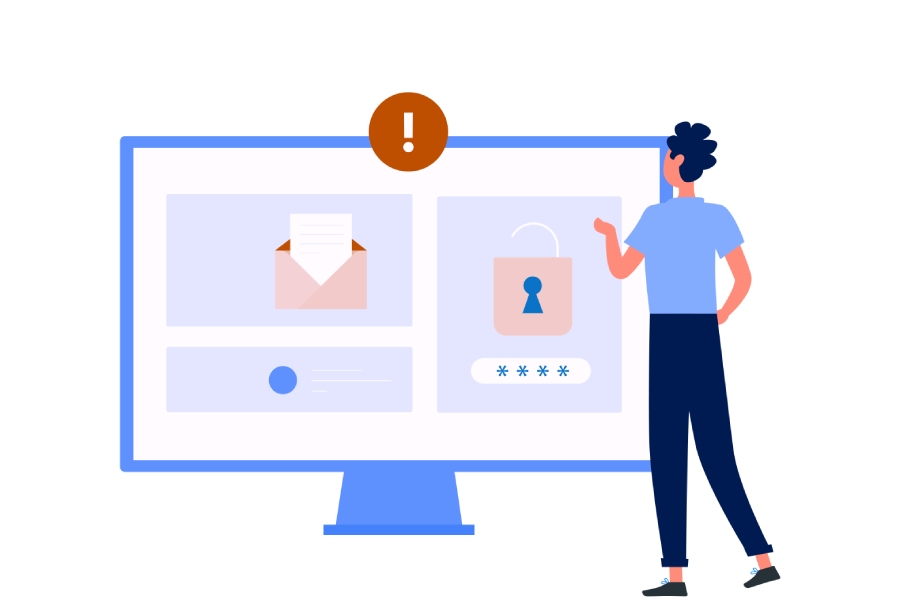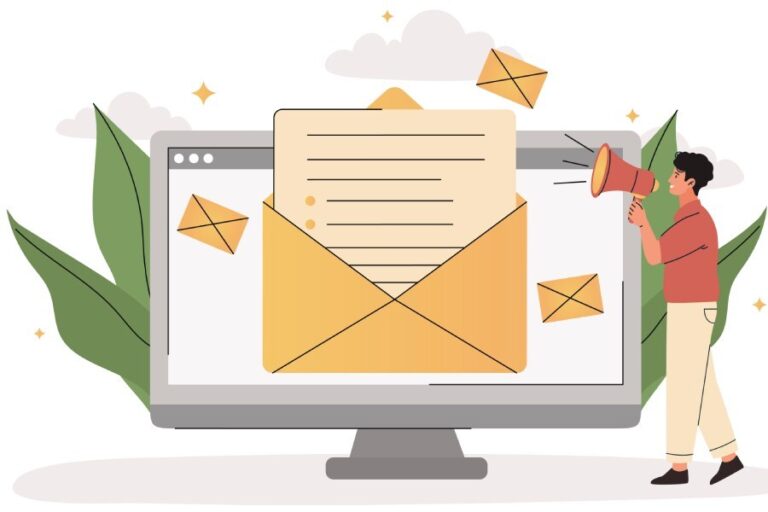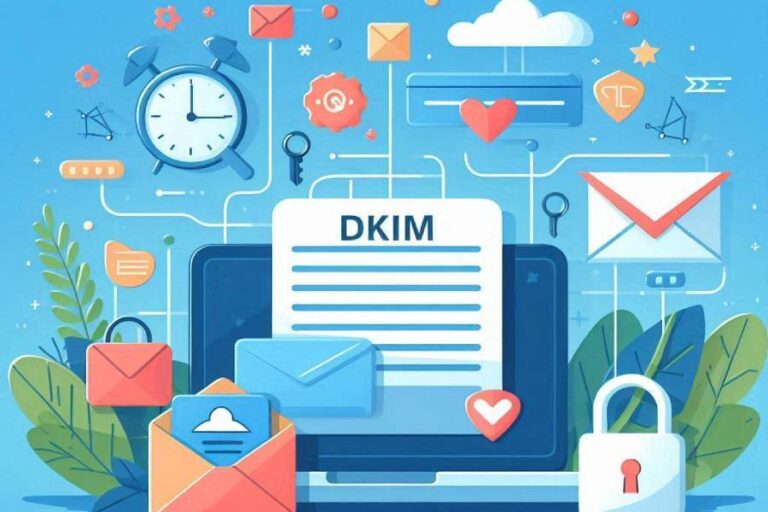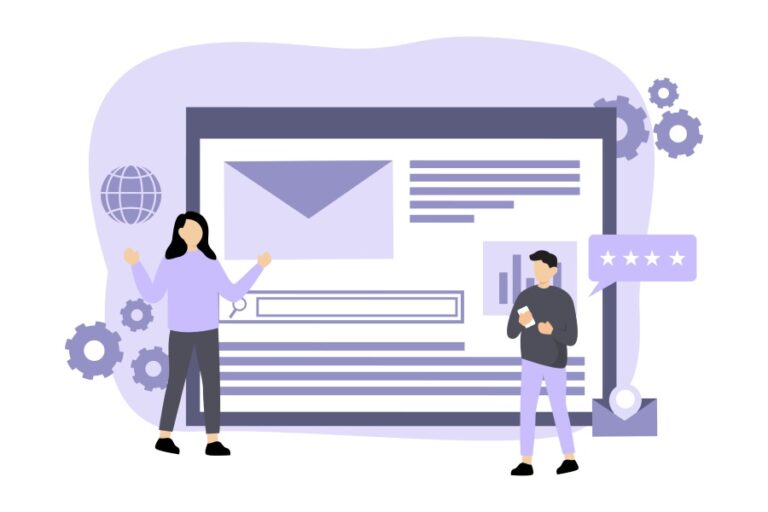Authenticate or Die: How Email Protocols Make or Break Your Marketing
Email is one of the highest ROI channels in digital marketing—but only if your messages actually make it to the inbox. And today, that outcome hinges almost entirely on whether or not you’ve correctly set up—and consistently maintain—three critical email authentication protocols: SPF, DKIM, and DMARC.
These aren’t just technical buzzwords. They are the gatekeepers of modern deliverability. And more importantly, unless your email marketing automation platform automates their setup and enforcement, your entire strategy is built on shaky ground.
What Are SPF, DKIM, and DMARC—and Why Do They Matter?
If you’re sending email at any real scale, here’s what each protocol does:
- SPF (Sender Policy Framework): Lists which servers are authorized to send emails on behalf of your domain.
- DKIM (DomainKeys Identified Mail): Digitally signs your emails so the recipient knows they weren’t altered.
- DMARC (Domain-based Message Authentication, Reporting, and Conformance): Tells mailbox providers how to handle failed SPF and DKIM checks—and helps protect your domain from spoofing.
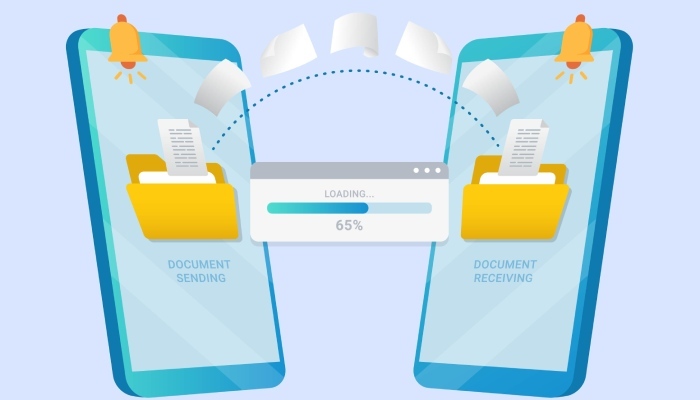
In short: they prove you are who you say you are. Without them, mailbox providers like Gmail, Yahoo, and Microsoft assume you’re a spammer—or worse.
Automation Isn’t a “Nice to Have”—It’s a Survival Tool
Many marketers assume these protocols are “set-it-and-forget-it.” But in reality, even small misconfigurations can tank your inbox placement.
That’s why every modern email inboxing expert insists on automation. It’s not just about convenience—it’s about control, compliance, and credibility.
Without automation:
– New customers struggle to onboard.
– Human error leads to broken DNS records.
– Authentication drift occurs as systems change.
– Email volume scales, but reputation drops.
With automation from your email marketing automation platform, you get:
– Instant, validated DKIM signing for all outgoing messages.
– Flattened SPF records without risk of DNS lookup failures.
– Step-by-step DMARC policy enforcement, complete with reporting.
– Fast onboarding and resilient long-term deliverability.
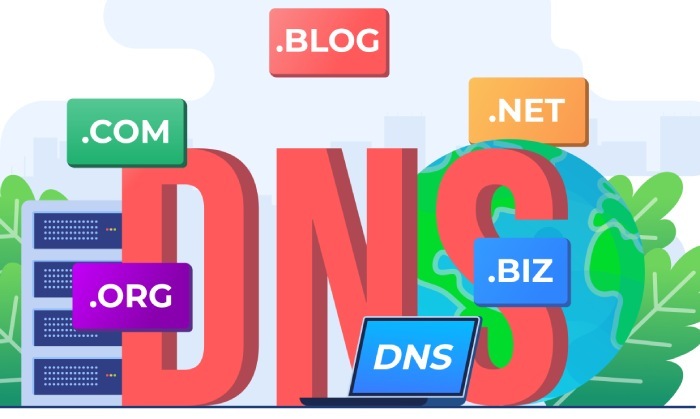
Deliverability Starts at the DNS Level
Want better open rates? It’s not just about subject lines or segmentation. It starts with passing the invisible tests that determine whether your emails even reach the inbox.
Gmail, for instance, now requires both SPF and DKIM for bulk senders, with domain alignment and complaint thresholds baked into their filtering algorithms.
If you’re not authenticating properly:
– You won’t inbox.
– Your open rates will flatline.
– Your sender reputation will degrade.
– Your domain might even be blacklisted.
And the worst part? You might not even know why—until it’s too late.
Onboarding: The First Test of a Scalable Platform
When authentication isn’t automated, new customer onboarding slows to a crawl. IT teams get dragged into DNS configurations. Delays creep in. Campaigns stall.
This is exactly why platforms like tinyEmail bake authentication automation into their core experience. One-click DKIM setup, real-time validation, guided DMARC configuration—it’s all handled from day one.
The result? Clients send faster, inbox more reliably, and scale without friction.
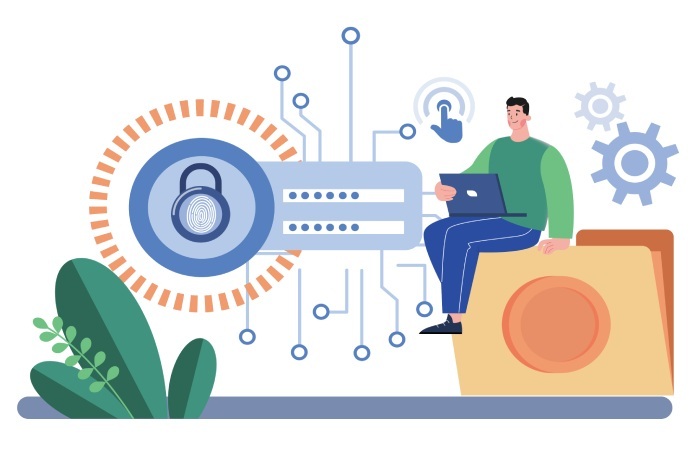
Real-World Performance: What the Data Tells Us
Over the past year, platforms with automated authentication have seen:
- 25–40% faster onboarding times
- Significantly higher Gmail inbox rates
- Fewer false positives at Outlook and Yahoo
- Lower bounce and complaint rates across the board
On the other hand, companies with manual setup experience weeks of DNS troubleshooting, inconsistent deliverability, and ongoing support churn.
Why risk that?
Authentication Is Not Optional in 2025
The bar is rising. Gmail and Yahoo aren’t just suggesting authentication—they’re demanding it. Bulk senders who fail to comply will face:
- Message rejections
- Quarantine to spam folders
- Damaged domain reputation
- Account suspensions from ESPs
That’s why choosing a provider like tinyEmail, where authentication is automated and aligned by default, is a competitive edge—not just a technical feature.
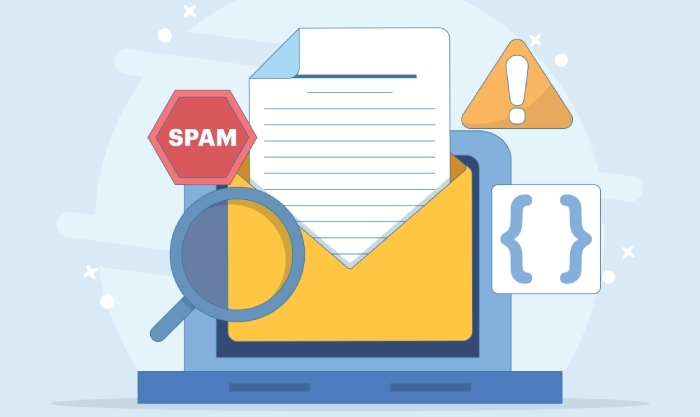
Trust Is the Real Product
You can have the best content, perfect design, and a killer subject line—but without trust, your emails are worthless.
SPF, DKIM, and DMARC don’t just secure your sending reputation—they build trust with every mailbox provider, every recipient, and every interaction.
Trust gets you into the inbox. Trust keeps you out of the spam folder. And trust is why authentication automation should be the first feature you evaluate in any platform.
Final Thoughts
Email authentication might not be flashy—but it’s foundational. And in the inbox, foundations are everything.
If you want to scale your campaigns, protect your brand, and reach more customers, start by automating the things that matter most: SPF, DKIM, and DMARC.
Because in today’s environment, it’s simple: Authenticate or die.

